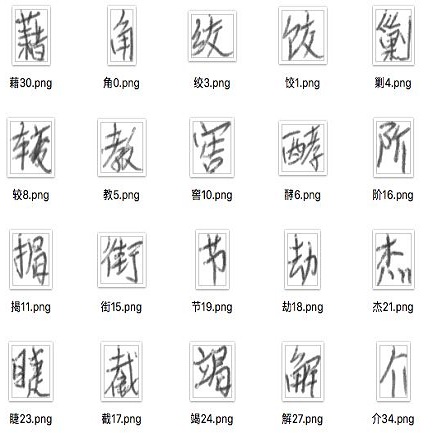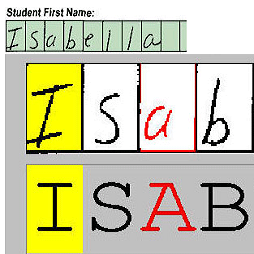Just like its remarkable achievements in many computer vision tasks, the convolutional neural networks (CNN) provide an end-to-end solution in handwritten Chinese character recognition (HCCR) with great success. However, the process of learning discriminative features for image recognition is difficult in cases where little data is available. In this paper, we propose a novel method for learning siamese neural network which employ a special structure to predict the similarity between handwritten Chinese characters and template images. The optimization of siamese neural network can be treated as a simple binary classification problem. When the training process has been finished, the powerful discriminative features help us to generalize the predictive power not just to new data, but to entirely new classes that never appear in the training set. Experiments performed on the ICDAR-2013 offline HCCR datasets have shown that the proposed method has a very promising generalization ability to the new classes that never appear in the training set.
翻译:正如在许多计算机视觉任务中取得的显著成就一样,卷发神经网络(CNN)在手写中文字符识别(HCCR)中提供了一个端到端的解决方案,并取得了巨大成功。然而,在缺乏数据的情况下,学习识别图像的歧视性特征的过程很困难。在本文中,我们提出了一种创新的方法,用于学习像形神经网络,这种网络使用特殊结构来预测手写中文字符和模板图像之间的相似性。可以将精细神经网络的优化作为一个简单的二进制分类问题处理。在培训进程完成后,强大的区分特征帮助我们不仅将预测能力推广到新数据,而且推广到从未出现在培训集中的全新课程。在离线的IDAR-2013 HCCR数据集上进行的实验表明,拟议的方法对于培训集中从未出现的新课程具有非常有希望的概括能力。




